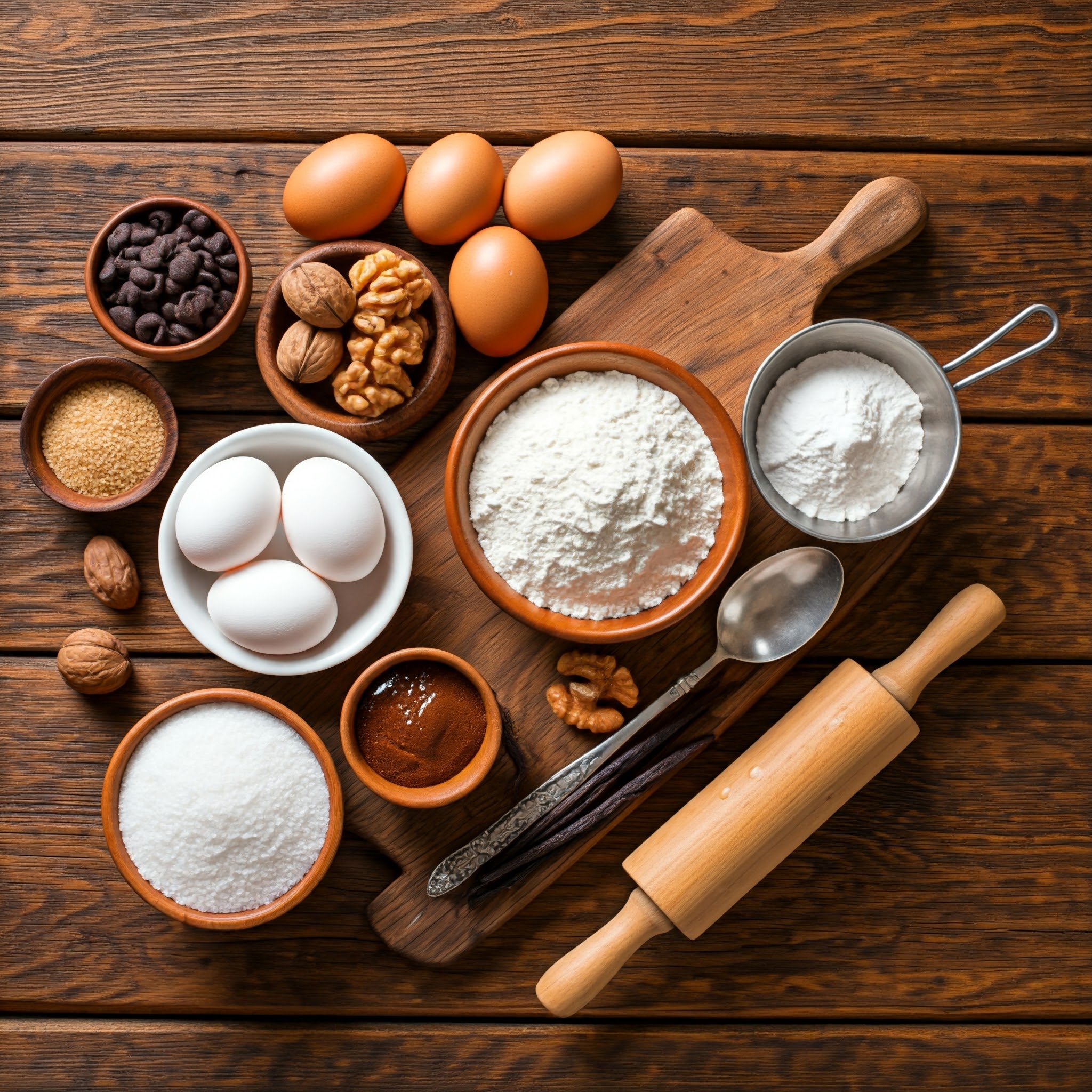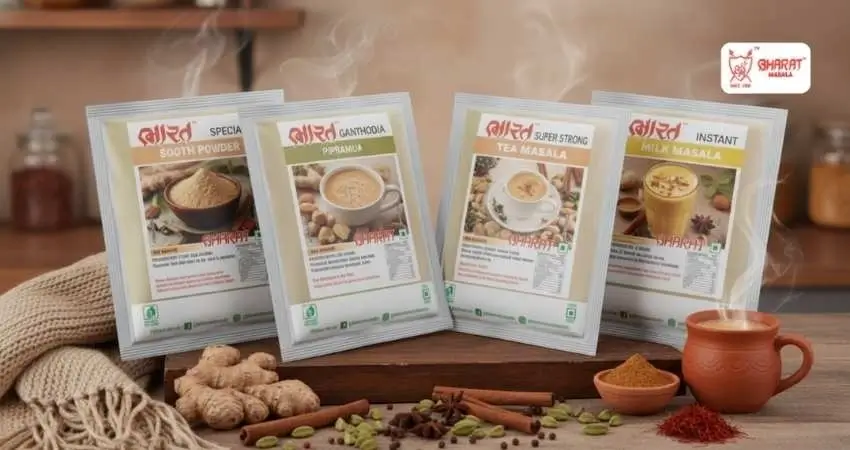Whenever you hear the word baking, what is the first thing that comes to your mind?
Let me guess, was it a cake? A cookie? Anyway, there is a lot more to baking than just cakes and cookies.
Baking is a slow process that uses dry heat to actually cook the product. It is usually done in an oven which is very common in every household.
Baking is a skill that takes time to master. One of the best ways to destress is to bake!
Before you make any assumptions about me or my ‘expertise’ let me assure you, am certainly not one! I just am a learner at a different stage of learning. Hopefully, I should be able to take you through the most basic of the baking basics.
So, let’s have a look at some tips and tricks-
Measuring matters
Instead of just scooping out the dry ingredients, tap the measuring cup after scooping and then level it with a spoon. Scooping packs the ingredient down, meaning you end up with more you want. This goes for other ingredients as well but an excess of flour can often lead to a faulty end product.
Make sure all your ingredients are at room temperature
When at room temperature, ingredients like egg, butter, milk form an emulsion which traps air. While baking in the oven, this trapped air expands and produces a fluffy baked good. Unless, if the recipe calls for cold butter or milk, then definitely go for it!
Sift all your dry ingredients
Sifting helps in releasing air from the dry ingredients. It also helps in mixing the ingredients properly and makes your batter smooth by avoiding lumps.
(Sifting is not applicable for coarse materials like sugar)
Weather always matters
Standard room temperature is always right for baking. It should be around 37 to 40 degrees Celsius. If you bake when it really hot or cold outside, your end products may turn out to be different. If you bake on a rainy day, the heavy moisture in the air affects the ability for the dough/cake to rise.
Parchment paper to the rescue
Parchment paper helps batter and dough bake evenly. It enables even distribution of air once your product is inside the oven.
Bake in center
Place your tin or baking tray in the center while putting your dessert in the oven. Make sure that your tin or tray does not touch the walls of the oven while baking. This will help in even distribution of hot air and even baking.
Always cool your cake completely before frosting
If you apply frosting on a hot cake, the frosting will melt which will ruin the texture of the cake. It is suggested that cakes should be cooled for at least two hours before frosting them. The best way to cool any baked product is to place it on a wire rack.
Separating eggs
It may sound weird, but always use your hands while separating yolk. Place them in separate bowls. Remove the shells using a fork. Do this process before you start making your batter. You do not accidentally want to add the whole egg in the batter when the recipe just calls for the yolk.
Always store yeast in the freezer
Storing active dry yeast in the freezer will help to retain its lifting power.
Toothpick/skewer test
if you like baking cakes, investing in toothpick would be a probably good idea. After baking, insert a long wooden skewer into the center-most part of the cake. If it comes out clean, turn off the oven and cool the cake on the counter. Otherwise, continue baking.




